Phylum Chordata | Scientific name Eutheria Higher classification Theria | |
 | ||
Clade EutheriaGill, 1872 Huxley, 1880 Lower classifications Placentals, Primate, Rodent, Carnivores, Even‑toed ungulate | ||
Marsupials monotremes eutherians australia
Eutheria (/juːˈθɪəriə/; from Greek εὐ-, eu- "true/good" and θηρίον, thēríon "beast" hence "true beasts") is one of two mammalian clades with extant members that diverged in the Early Cretaceous or perhaps the Late Jurassic. Except for the Virginia opossum, from North America, which is a metatherian, all post-Miocene mammals indigenous to Europe, Africa, Asia, and North America north of Mexico are eutherians. Extant eutherians, their last common ancestor, and all extinct descendants of that ancestor are members of Placentalia.
Contents
- Marsupials monotremes eutherians australia
- Cladogram eutherian mammals placenta
- Characteristics
- Evolutionary history
- References
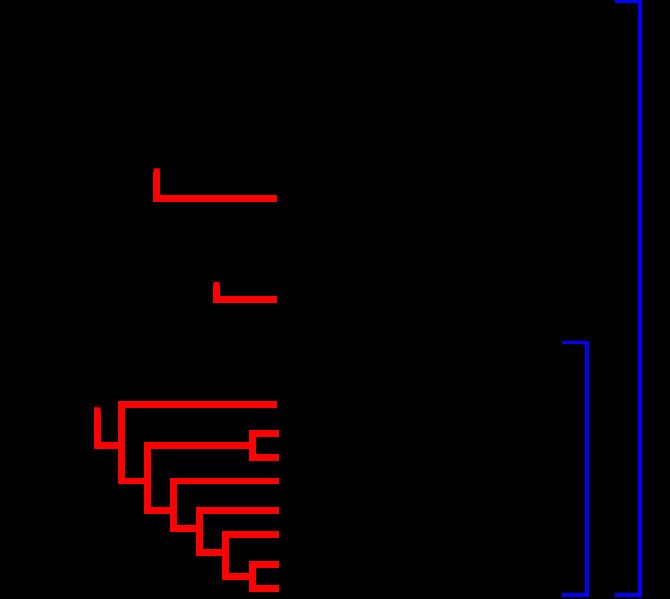
Eutherians are distinguished from noneutherians by various phenotypic traits of the feet, ankles, jaws and teeth. All extant eutherians lack epipubic bones, which are present in all other living mammals (marsupials and monotremes). This allows for expansion of the abdomen during pregnancy.
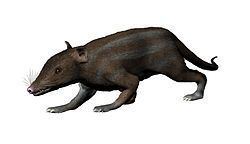
The oldest known eutherian species is Juramaia sinensis, dated at 160 million years ago from the Jurassic in China.

Eutheria was named in 1872 by Theodore Gill; in 1880 Thomas Henry Huxley defined it to encompass a more broadly defined group than Placentalia.
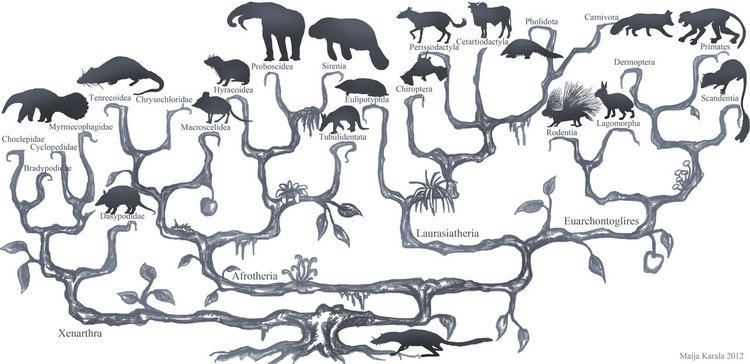
Cladogram eutherian mammals placenta
Characteristics
Distinguishing features are:
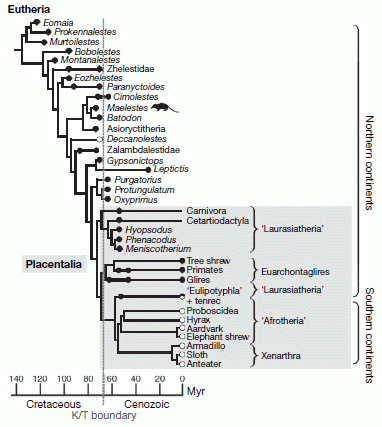
Evolutionary history
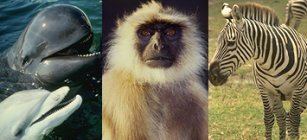
Eutheria contains several extinct genera as well as larger groups, many with complicated taxonomic histories still not fully understood. Members of the Adapisoriculidae, Cimolesta and Leptictida have been previously placed within the out-dated placental group Insectivora, while Zhelestids have been considered primitive ungulates. However, more recent studies have suggested these enigmatic taxa represent stem group eutherians, more basal to Placentalia.
The weakly favoured cladogram favours Boreoeuthearia as a basal Eutherian clade as sister to the Atlantogenata.
